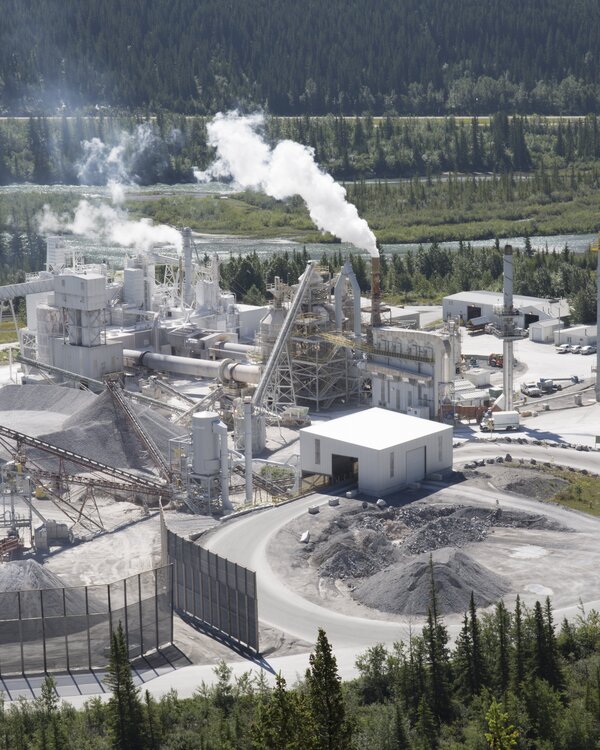Renewable energies
Technologies need to grow into maturity and become cost competitive relative to traditional, existing technologies if they are to be disruptive. Technologies that have already been cost competitive for years include solar photovoltaic technology and onshore wind power. For example, market research company Bloomberg New Energy Finance forecasts a cumulative annual growth rate of 11 percent by 2030 compared to 2021 for solar PV installations. Growth in wind power also remains at a high level. After the first half of this decade was characterised by booming installations in China and declining investments in the USA, large-scale offshore wind power plants will be increasingly connected to the grid again in 2024/25.
Energy saving and efficiency with buildings
Around 35 percent of the world's energy demand and around 40 percent of the world's greenhouse gas emissions are attributable to the infrastructure of buildings. Transport also has great potential in terms of energy efficiency. These facts are reflected in the EU Green Deal which prioritises these two sectors. IRENA estimates that the average annual investment in the energy efficiency of buildings and transport must increase from USD 139 billion to USD 963 billion and from USD 45 billion to USD 385 billion respectively, in order to achieve the 1.5-degree target. This corresponds to an investment volume that is 593 percent, or 756 percent, higher than today. The two most important technologies for increasing energy efficiency in buildings are heat pumps and insulation.
Carbon capture, utilisation and storage (CCUS)
Carbon capture, utilisation and storage technologies, known as CCUS technologies, prevent greenhouse gas emissions from further heating the atmosphere. CCUS describes the process of capturing CO2 from a number of sources and transporting it for use. The separation and storage of CO2 is particularly necessary in industries where emissions are difficult to avoid due to economic or technological barriers. These industries include cement, iron and steel production as well as hydrogen production and energy generation from waste. These cleantech technologies must grow enormously in the future in order to achieve the 1.5-degree target. The hurdle that still needs to be overcome is profitability. This can be achieved through technology improvements and scaling. At the same time, the price for the emission of one tonne of CO2 needs to rise significantly.







